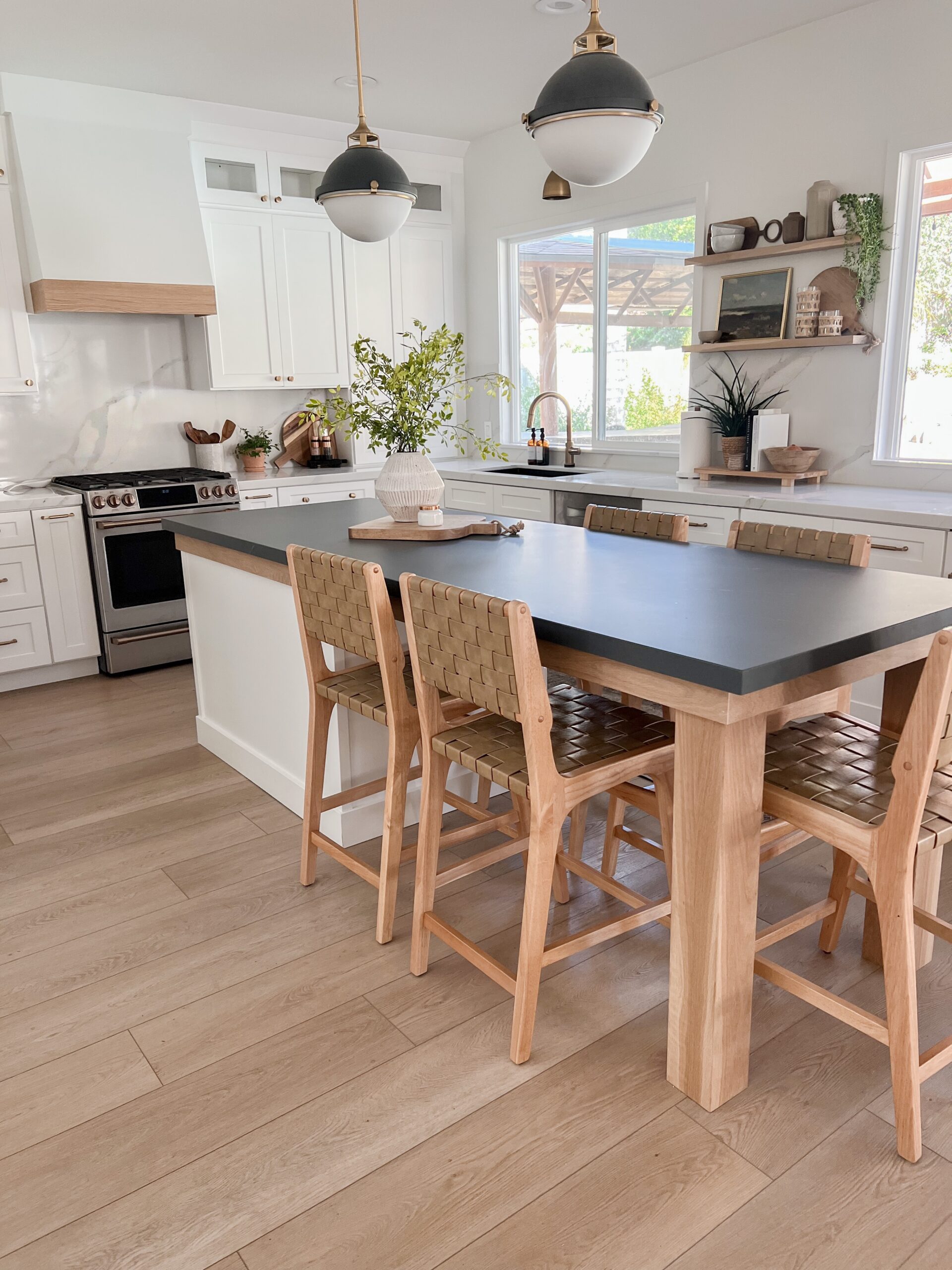Crucial Variables to Take Into Consideration When Picking Legs For Kitchen Area Island
Picking the suitable legs for a cooking area island involves a cautious analysis of multiple aspects that can significantly affect both capability and aesthetic charm. As we discover these elements, it ends up being clear that each choice can have far-reaching ramifications for the general cooking area experience.
Material Options
When choosing legs for a cooking area island, recognizing the various material alternatives is essential for achieving both aesthetic charm and architectural integrity (Legs For Kitchen Island). The choice of material substantially affects not just the resilience of the island however additionally its total layout and functionality
Metal legs, frequently made from stainless steel or wrought iron, contribute a commercial and modern-day feel while guaranteeing sturdiness and stability. These materials are immune to put on and can support considerable weight, making them perfect for larger islands.
An additional alternative is crafted materials, like MDF or plywood, which can be more cost-effective while still supplying a series of surfaces. However, they might not give the exact same level of security as solid wood or steel. Products such as acrylic or glass can create a modern look, though they might need additional assistance to guarantee security.
Eventually, the option of product for kitchen island legs need to line up with the wanted performance and the total style of the kitchen.
Design And Style

When thinking about style, the shape and finish of the legs are crucial. Tapered legs can supply a sense of agility and sophistication, while thicker, a lot more durable legs can communicate stamina and stability. Additionally, the coating-- be it painted, stained, or natural-- ought to complement the cabinetry and kitchen counter products to produce a unified look.
Furthermore, the design of the legs can additionally mirror personal taste. Custom or attractive legs, such as those including elaborate carvings or unique geometric forms, can function as focal points, including personality and personality to the kitchen. Inevitably, the ideal choice will certainly not just enhance capability however also boost the visual appeal, making the cooking area island a standout function of the home.
Height Factors To Consider
Choosing the proper elevation for kitchen area island legs is critical, as it directly affects both capability and comfort. The basic elevation for a kitchen island normally varies from 36 to 42 inches, aligning with typical kitchen counter elevations.

It is also necessary to make up individuals' heights and choices. Personalizing the height can make certain a comfortable experience for all member of the family, making the kitchen area island a much more enjoyable and practical space.
Weight Assistance
Guaranteeing adequate weight assistance for kitchen area island legs is essential for both security and performance. The kitchen island usually serves numerous functions, consisting of food preparation, eating, and additional storage space, necessitating a robust support framework. When picking legs, it is critical to take into consideration the total weight capability called for based upon the island's meant usage and the products that will be positioned on it.
The option of product for the legs plays a significant function in their weight-bearing capacities. Solid wood, metal, and sturdy compounds typically supply superior strength compared to lighter products. In addition, the design of the legs-- whether they are straight, tapered, or have a pedestal type-- can affect their capacity to distribute weight efficiently throughout the framework.
Constantly seek advice from the maker's specs relating to tons limits to guarantee that the legs can sustain the desired weight without endangering security. In summary, selecting cooking area island legs with ample weight assistance is vital for creating a practical and risk-free culinary room.
Setup and Maintenance
Correct setup and upkeep of kitchen island legs are critical for making sure longevity and security. This often includes safeguarding the legs to the island base utilizing ideal fasteners, making certain that the legs are level and lined up.
As soon as installed, routine upkeep is required to maintain the integrity and appearance of the legs - Legs For Kitchen Island. For wood legs, routine cleaning with a moist towel and application of suitable wood gloss can protect against moisture damages and keep their finish. Metal legs may call for a mild cleaning service to eliminate oil and grime, followed by a dry fabric to stop rust formation
Additionally, examine the legs on a regular basis for indicators of wear or damage, such as cracks or loose joints. Tightening screws or bolts as required can additionally lengthen the life-span of the legs. By sticking to these installment and upkeep techniques, home owners can make certain that their cooking area island continues to be strong and aesthetically appealing for many years to find.
Final Thought

Aesthetic coherence is critical in choosing the style and style of legs for a kitchen area island, as these components substantially affect the total ambiance of the space. Tapered legs can provide a sense of lightness and elegance, while thicker, more robust legs can convey strength and stability.Choosing the appropriate elevation for cooking area island legs is crucial, as it directly affects both performance and convenience. In recap, selecting kitchen area island legs with appropriate weight assistance is important for producing a risk-free and functional cooking room.
In final thought, choosing legs for a kitchen area island necessitates careful factor Find Out More to consider of Click This Link numerous aspects, consisting of material options, design, elevation, weight support, and installation.